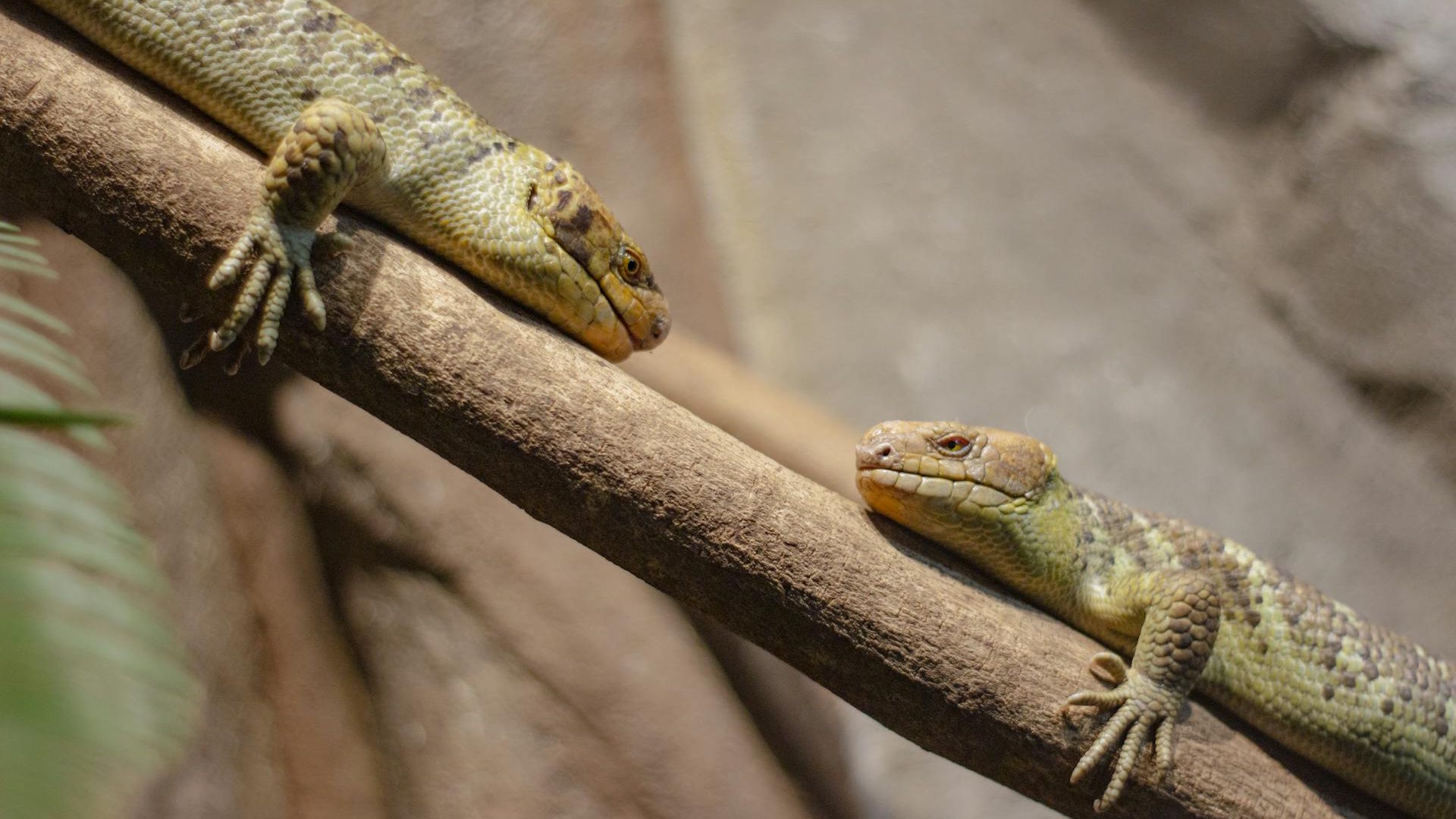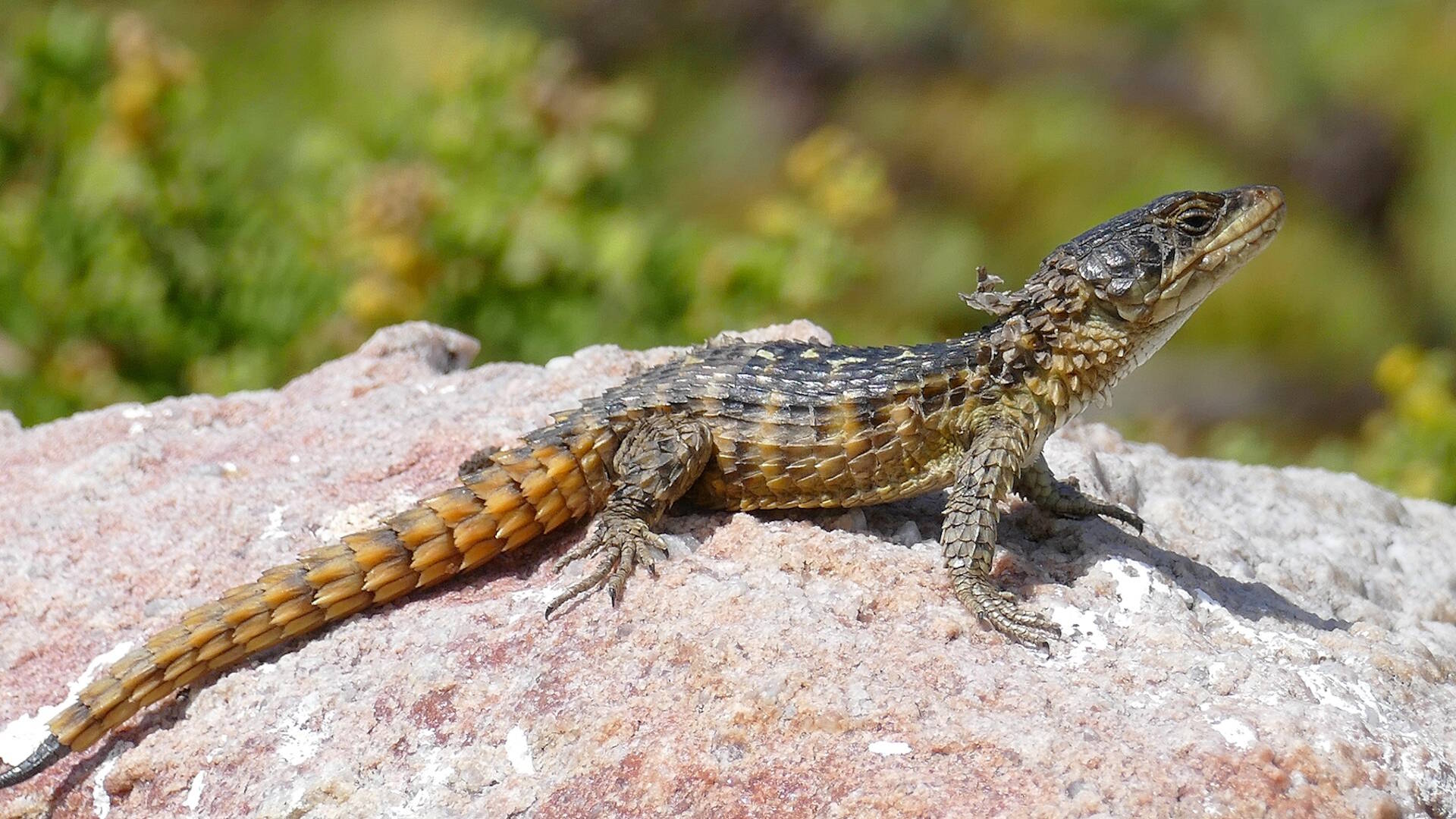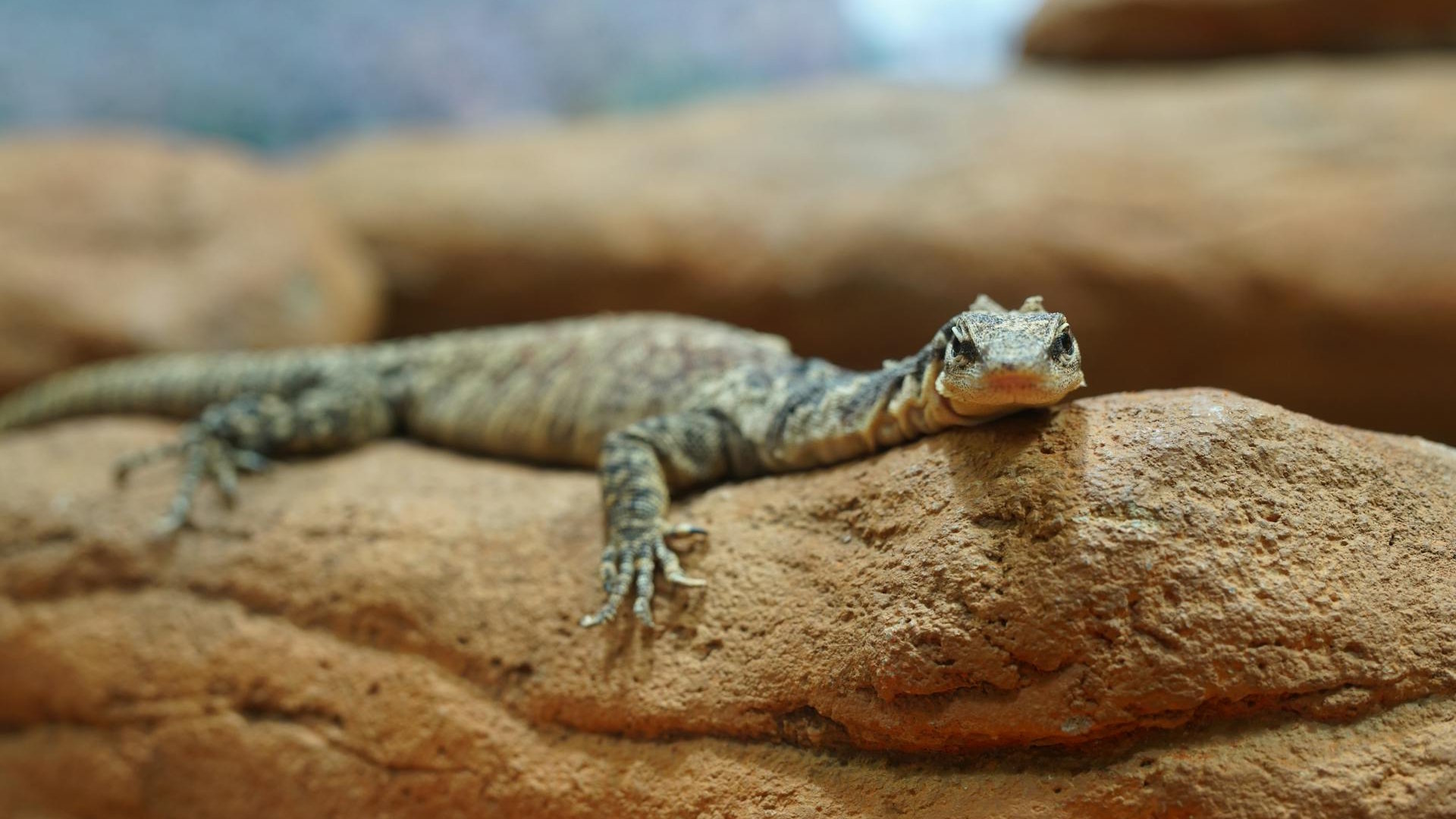The animal kingdom is full of remarkable abilities that have evolved over millions of years, but few are as captivating as a gecko casually defying gravity while walking across a ceiling. The ability of certain lizards to scale vertical surfaces and even traverse upside down has fascinated scientists and nature enthusiasts alike. This seemingly magical talent isn’t universal among lizards, however. While some species scamper up glass panels with ease, others remain firmly grounded. The difference lies in specialized adaptations that have evolved through natural selection, creating a fascinating divide between climbing specialists and their terrestrial counterparts. Understanding these adaptations not only satisfies our curiosity but has inspired remarkable technological innovations across multiple fields.
The Evolutionary Advantage of Climbing
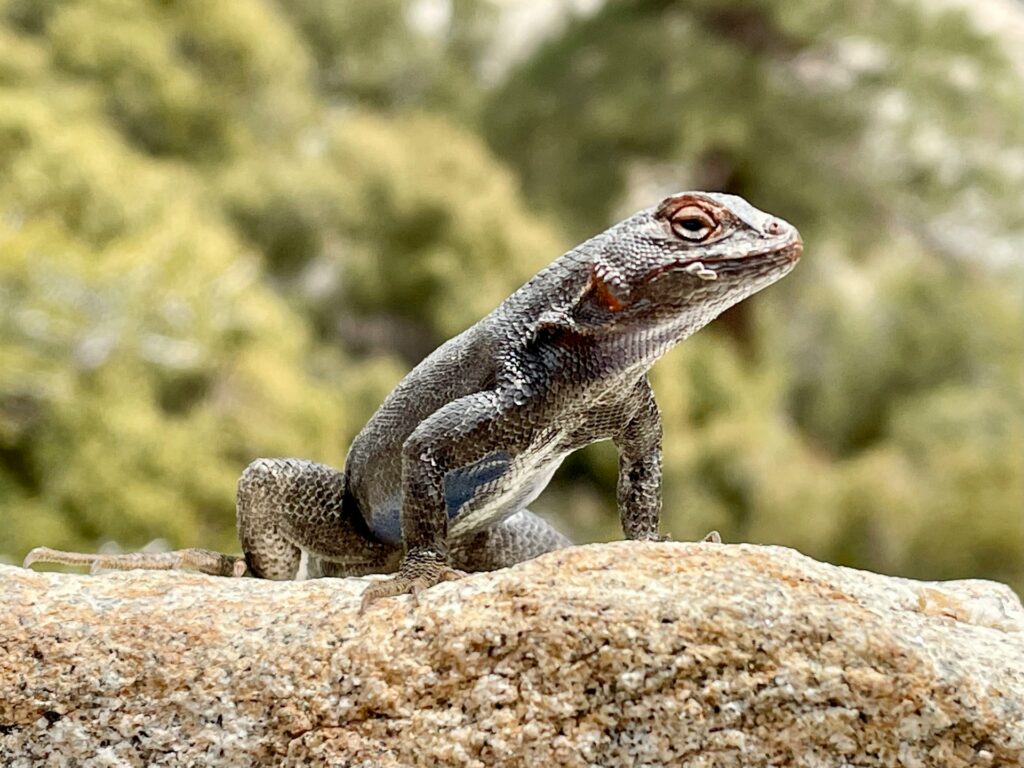
The ability to climb offers lizards numerous advantages in their natural habitats, serving as a powerful evolutionary driver. Climbers can access food sources unavailable to ground-dwelling species, including insects that live in trees or on walls. Vertical surfaces also provide escape routes from predators that cannot follow them up smooth surfaces. Additionally, height offers strategic advantages for thermoregulation, allowing lizards to bask in sunlight unobstructed by ground vegetation. These combined benefits created strong selection pressure for climbing adaptations to develop in certain lizard lineages, while other species evolved different survival strategies better suited to terrestrial lifestyles.
The Science of Gecko Feet: Nature’s Adhesive Specialists
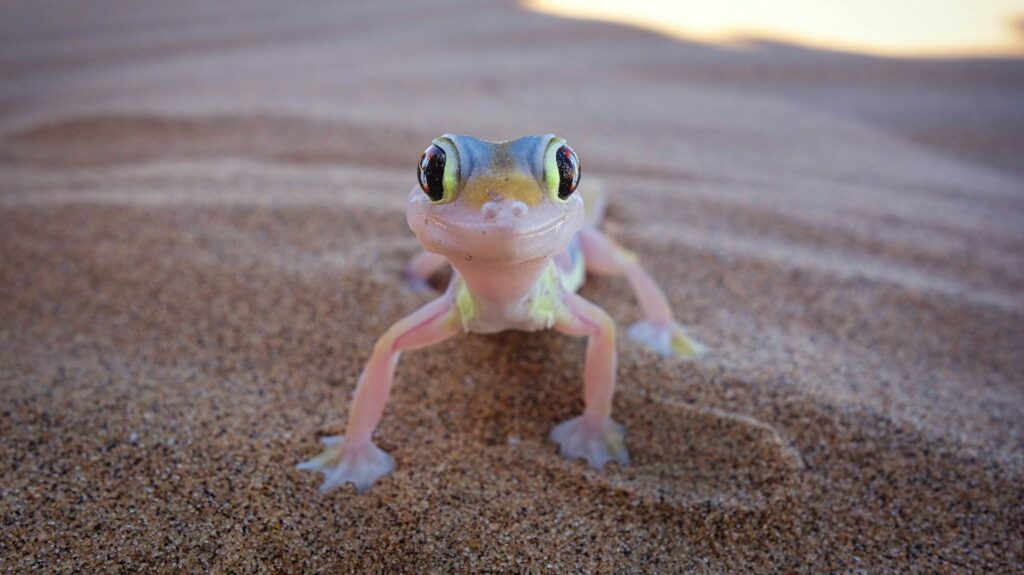
Geckos represent the pinnacle of wall-climbing ability among lizards, with specialized toe pads that function through a remarkable mechanism. Each gecko toe is covered with microscopic hair-like structures called setae, with each seta further splitting into hundreds of even smaller spatula-shaped ends called spatulae. These structures are so tiny that they interact with surfaces at the molecular level through van der Waals forces – weak electromagnetic attractions between molecules. While each individual connection is incredibly weak, the millions of spatulae on a gecko’s feet collectively create enough adhesive force to support many times the animal’s body weight. This adhesion works on nearly any surface, regardless of whether it’s wet or dry, smooth or rough.
Anoles: The Alternative Climbers

While geckos receive much of the attention for their climbing prowess, anole lizards employ a different but equally effective climbing strategy. Anoles possess expanded toe pads covered with microscopic scales arranged in overlapping rows, creating a surface that resembles miniature treads. These specialized scales help increase friction against surfaces, while a thin layer of mucus secreted by the lizard creates surface tension that further enhances grip. Unlike gecko adhesion, anole adhesion is somewhat more dependent on surface characteristics, working better on certain textures than others. This specialized climbing adaptation has allowed anoles to thrive in arboreal environments throughout the Americas, particularly in tropical and subtropical regions where they’ve radiated into hundreds of species.
Claws: The Primary Climbing Tool for Many Lizards
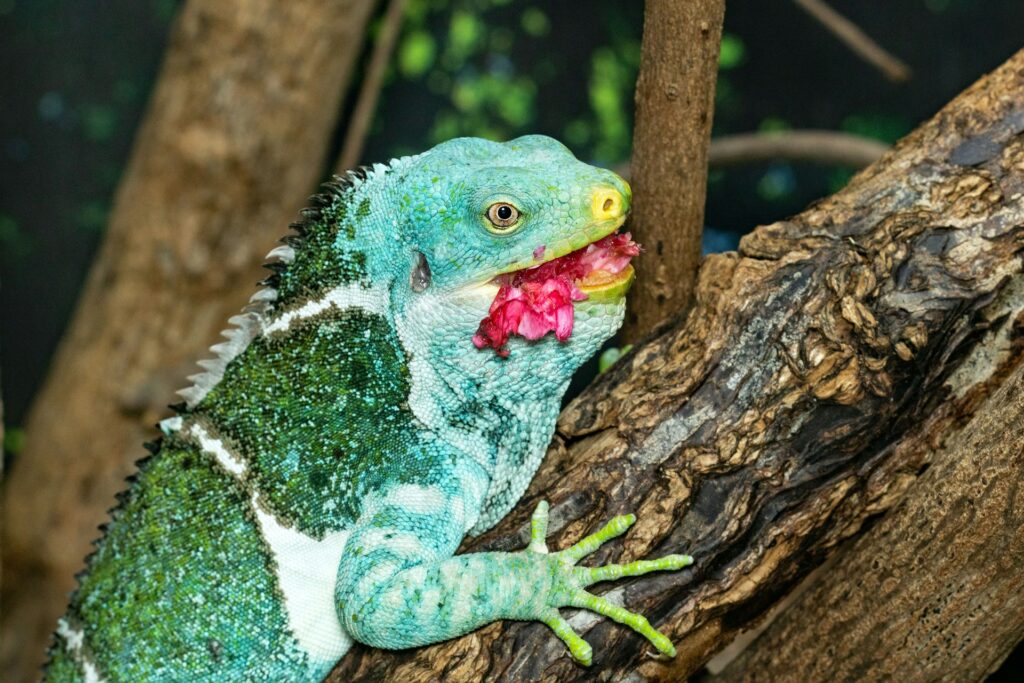
For many lizard species, traditional claws represent the primary method for climbing, particularly on rough surfaces where mechanical grip is possible. Species like iguanas, monitors, and agamas use powerful claws to grip tiny imperfections in bark, rock, and other natural surfaces. The shape, strength, and sharpness of these claws have been honed through evolution to match their specific habitats. For example, rock-dwelling lizards often develop shorter, stouter claws ideal for finding purchase on stone surfaces, while tree-dwelling species may have longer, more curved claws suited for digging into bark. Unlike the adhesive systems of geckos and anoles, claw-based climbing is limited to surfaces that provide sufficient texture for mechanical gripping, making smooth surfaces like glass insurmountable barriers.
Why Some Lizards Lack Climbing Adaptations

Not all lizards have evolved climbing adaptations, and for good reason – specialized climbing features come with evolutionary tradeoffs. Desert-dwelling lizards often have evolved for speed and sand-swimming rather than climbing, as their environments offer few vertical surfaces and different survival challenges. Heavily armored lizards like horned lizards have evolved defensive rather than climbing adaptations, relying on camouflage and protective spines. Large lizards such as monitor lizards and Komodo dragons may climb when young, but as they grow heavier, the physics of adhesion work against them since body mass increases faster than foot surface area. For these species, evolutionary pressures have prioritized other survival adaptations more suited to their ecological niches and lifestyles.
The Physics Behind Lizard Climbing

The relationship between body size and climbing ability comes down to fundamental physics that affects all lizards. As a lizard’s body size increases, its weight increases by the cube of its linear dimensions, while its foot surface area increases only by the square. This square-cube law creates limitations on how large a climbing lizard can become before gravity overcomes adhesion. Smaller lizards have a higher ratio of foot surface area to body weight, making them naturally more adept climbers. Larger climbing lizards must compensate with proportionally larger toe pads or limit themselves to surfaces where mechanical grip is possible. This physical relationship explains why the most impressive wall-walking abilities tend to be found among smaller lizard species, particularly geckos, whose adhesive system is the most efficient of all climbing mechanisms.
Convergent Evolution of Climbing Abilities
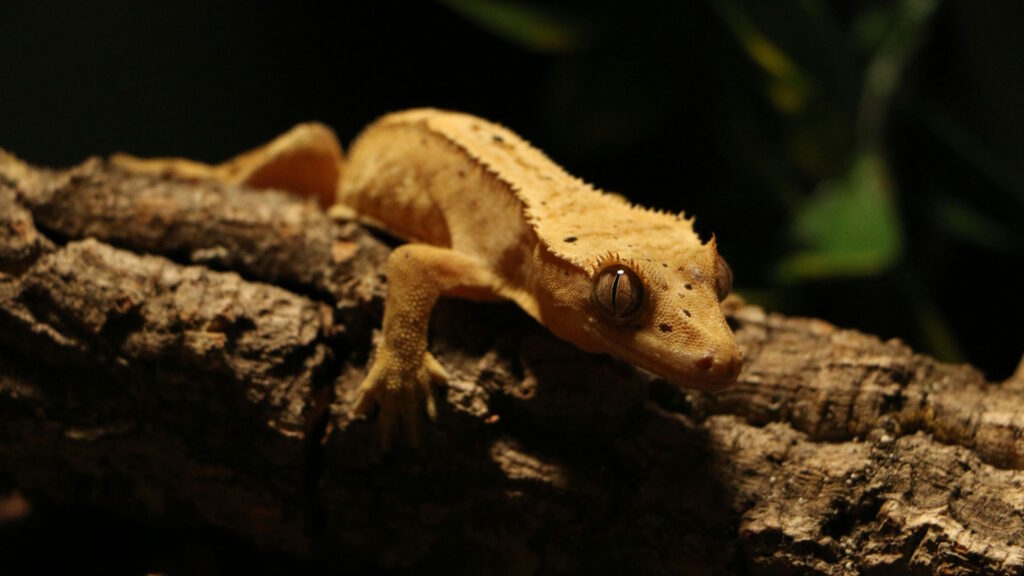
The various climbing adaptations seen in lizards represent a perfect example of convergent evolution, where similar traits evolve independently in unrelated lineages. Gecko-like toe pads have evolved multiple times in different lizard families, each developing similar solutions to the challenge of vertical locomotion. This pattern extends beyond lizards to other reptiles and even some amphibians and mammals that have independently evolved specialized climbing adaptations. The repeated emergence of climbing adaptations across the animal kingdom underscores how strong the selective pressure for vertical mobility has been throughout evolutionary history. Even more fascinating is how different lineages have often arrived at similar solutions through different developmental and genetic pathways, highlighting the creativity of natural selection.
The Role of Habitat in Determining Climbing Ability
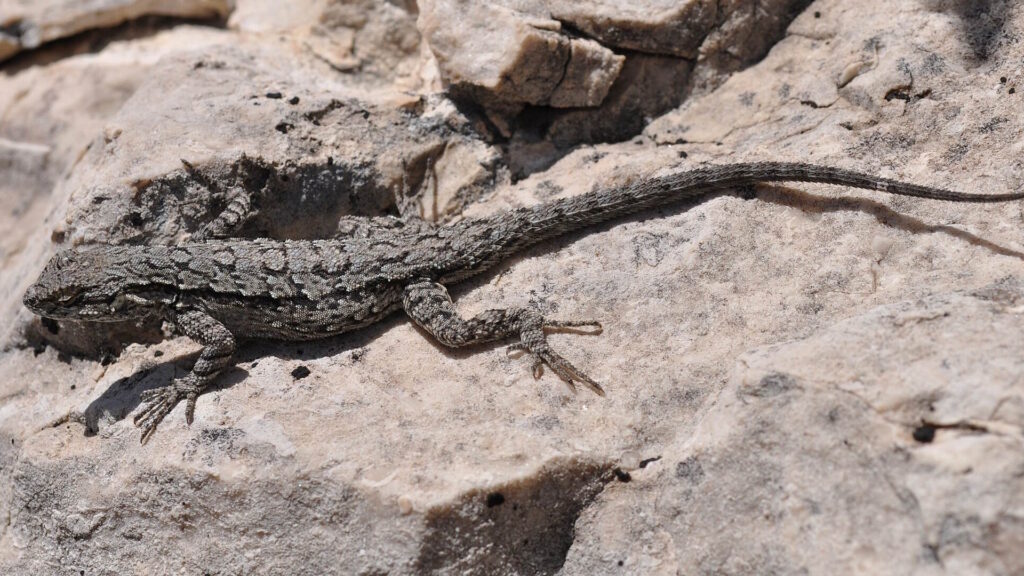
A lizard’s natural habitat serves as the primary driver for whether climbing adaptations evolve in a species. Forest-dwelling species that live among trees typically develop strong climbing abilities, as vertical movement is essential for their daily survival. Rocky habitat specialists often evolve adaptations suited specifically for navigating their three-dimensional stone environments. Desert lizards, conversely, rarely develop advanced climbing adaptations since their habitats offer limited vertical surfaces and different survival challenges. Urban-adapted species like house geckos have found their climbing abilities particularly advantageous in human environments, where vertical walls and ceilings provide both safety from predators and proximity to light sources that attract insect prey. These habitat-specific adaptations demonstrate the remarkable specialization that occurs as species become fine-tuned to their ecological niches.
How Climbing Lizards Maintain Their Grip

The ability to climb is only useful if a lizard can maintain its grip while moving, resting, or even sleeping. Many climbing lizards have evolved specialized behaviors that enhance their grip security, including particular foot placement patterns that maximize adhesive contact. Some species use their tails as additional support points or counterbalances when navigating difficult surfaces. Toe muscles allow precise control over adhesion, with geckos actually “peeling” their toes away rather than pulling them directly off surfaces. Climbing lizards also engage in regular cleaning behaviors to maintain the effectiveness of their adhesive structures, removing dust and debris that would otherwise compromise their grip. These behavioral adaptations complement the physical structures that enable climbing, creating a comprehensive system for vertical mobility.
Biomimetic Applications: Learning from Lizard Feet

The remarkable adhesive abilities of climbing lizards have inspired scientists to develop synthetic materials that mimic these natural adaptations, a field known as biomimetics. Gecko-inspired adhesives have been created that can support significant weight yet release cleanly without leaving residue, potentially revolutionizing everything from industrial manufacturing to medical bandages. Engineers have designed climbing robots using principles derived from studying lizard locomotion, with applications ranging from search and rescue to building inspection. Space agencies have explored gecko-inspired gripping technologies for use in zero-gravity environments, where traditional adhesives face limitations. These innovations demonstrate how understanding natural adaptations can lead to technological breakthroughs, turning millions of years of evolutionary refinement into solutions for human challenges.
The Limitations of Lizard Climbing Abilities

Despite their impressive capabilities, even the most accomplished climbing lizards face limitations. Extremely smooth or wet surfaces can challenge gecko adhesion, though they perform better in these conditions than most artificial adhesives. Temperature extremes affect climbing ability, with many species losing grip strength in very cold conditions as their metabolism slows. Surface contamination from oils, dust, or chemicals can temporarily compromise the effectiveness of specialized toe pads. Some climbing lizards struggle on overhangs beyond certain angles, where body weight creates excessive peeling forces on their adhesive systems. Understanding these limitations provides insight into the evolutionary compromises that shaped these adaptations and helps define the boundaries of what natural adhesive systems can achieve.
Conservation Implications for Specialized Climbers
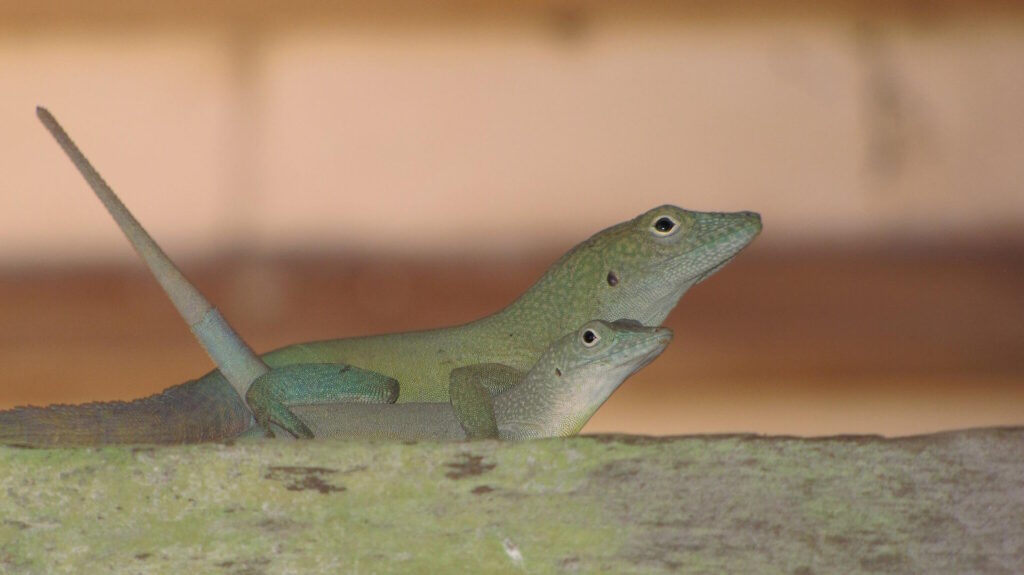
The specialized nature of climbing adaptations creates unique conservation challenges for many lizard species. Habitat-specific adaptations mean that habitat loss can be particularly devastating for climbing specialists who cannot easily adapt to alternative environments. Climate change threatens specialized climbers through multiple mechanisms, including altering the surfaces of their habitats through increased weathering or changing vegetation patterns. Urban environments, while providing vertical surfaces, often contain pollutants that may interfere with the delicate adhesive mechanisms of climbing lizards. Conservation efforts must consider these specialized needs when developing protection strategies for climbing lizard species, particularly for those with limited ranges or highly specific habitat requirements already facing pressure from human activities.
Future Research Directions in Lizard Climbing
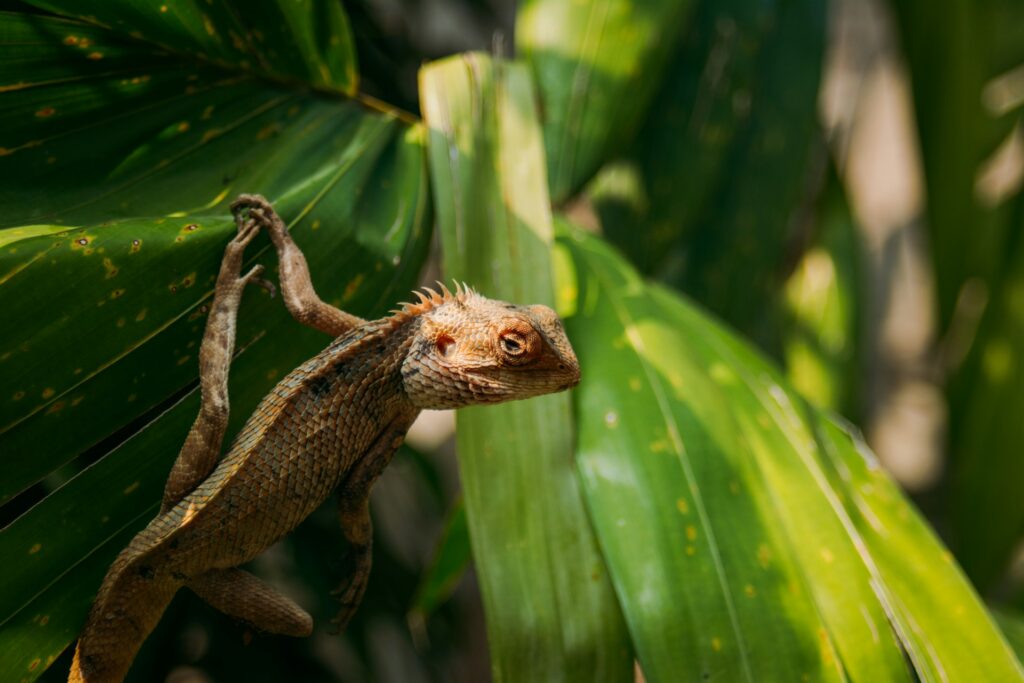
Scientists continue to explore numerous aspects of lizard climbing abilities, with several promising research directions emerging. Genetic studies are beginning to identify the specific genes responsible for developing adhesive structures, potentially allowing deeper understanding of their evolutionary history. Comparative biomechanics research across different lizard families helps clarify how various climbing strategies evolved and which are most effective under different conditions. Advanced imaging techniques now allow researchers to observe adhesion at the nanoscale, revealing previously invisible aspects of how setae and spatulae function. As climate change alters environments worldwide, studies tracking how climbing lizards adapt to changing surfaces could provide valuable insights into adaptive capacity and evolutionary responsiveness. These research directions promise to deepen our understanding of one of nature’s most remarkable adaptations while potentially inspiring new technological applications.
Conclusion

The wall-climbing abilities of lizards represent one of nature’s most elegant solutions to the challenge of moving through three-dimensional space. From the molecular interactions of gecko toe pads to the specialized scales of anoles and the mechanical grip of claws, evolution has crafted multiple pathways to vertical mobility. These adaptations reflect the diverse ecological pressures faced by different lizard species, highlighting how natural selection shapes organisms to fit their specific environmental niches. Beyond their biological significance, these climbing adaptations continue to inspire human innovation across multiple fields. By understanding why some lizards can climb walls while others remain earthbound, we gain insight into both the creative power of evolutionary processes and the remarkable diversity of solutions found throughout the natural world.

